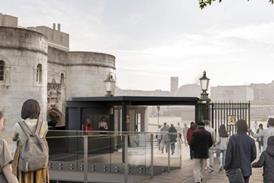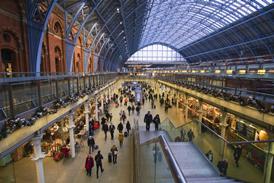- Home
- Intelligence for Architects
- Subscribe
- Jobs
- Events

2025 events calendar Explore now 
Keep up to date
Find out more
- Programmes
- CPD
- More from navigation items
Six architects shortlisted for Stephen Lawrence Prize 2019

Cork House is also Stirling Prize contender
Six architects have been shortlisted for the 2019 Stephen Lawrence Prize.
They include Matthew Barnett Howland, working with Dido Milne and Oliver Wilton, for the Cork House beside Eton College which is also a contender for this year’s Stirling Prize contender.
The winners of both awards will be announced on the same night, October 8, at the Roundhouse in Camden, north London.
…
This content is available to registered users | Already registered?Login here
You are not currently logged in.
To continue reading this story, sign up for free guest access
Existing Subscriber? LOGIN
REGISTER for free access on selected stories and sign up for email alerts. You get:
- Up to the minute architecture news from around the UK
- Breaking, daily and weekly e-newsletters
Subscribe to Building Design and you will benefit from:

- Unlimited news
- Reviews of the latest buildings from all corners of the world
- Technical studies
- Full access to all our online archives
- PLUS you will receive a digital copy of WA100 worth over £45
Subscribe now for unlimited access.






